High Protein Fish Recipes Whin you looking for a way to boost your protein intake without sacrificing flavor?
Look no further than high protein fish recipes! Fish is an excellent source of protein, and when prepared correctly,
can be a delicious and healthy addition to your diet. In this article, we’ll explore the benefits of high protein fish, discuss how to choose the right fish, and provide five mouth-watering recipes to get you started.
Benefits of High Protein Fish
Fish is an excellent source of protein, but that’s not all. It’s also packed with omega-3 fatty acids, vitamins, and minerals that can help reduce inflammation,
improve heart health, and even support brain function. High protein fish,
in particular, can help you feel fuller for longer, making it an excellent choice for those looking to lose weight or maintain weight loss.
Choosing the Right Fish
With so many types of fish to choose from, it can be overwhelming to decide which ones to include in your high protein fish recipes. Here are some of the top high protein fish options:
- Salmon (35 grams of protein per 3-ounce serving)
- Tuna (25 grams of protein per 3-ounce serving)
- Cod (20 grams of protein per 3-ounce serving)
- Shrimp (19 grams of protein per 3-ounce serving)
- Tilapia (18 grams of protein per 3-ounce serving)
Freshness Matters
When it comes to choosing the right fish, freshness matters. Fresh fish will not only taste better, but it will also be safer to eat. Look for fish with:
- Firm texture
- Shiny appearance
- Fresh smell
- Proper storage and handling
Recipe 1: Baked Salmon
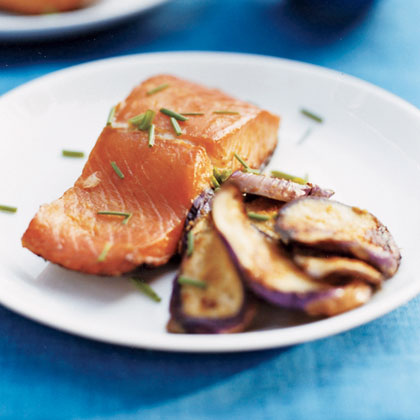
Preparation
Ingredients:
- 4 salmon fillets (6 ounces each)
- 2 tablespoons olive oil
- 1 tablespoon lemon juice
- 1 clove garlic, minced
- Salt and pepper to taste
Instructions:
- Preheat oven to 400°F (200°C).
- Line a baking sheet with parchment paper.
- Place salmon fillets on the baking sheet.
- Drizzle with olive oil, lemon juice, and garlic.
- Season with salt and pepper.
- Bake for 12-15 minutes or until cooked through.
Nutritional Information
Per serving:
- Calories: 240
- Protein: 35 grams
- Fat: 12 grams
- Saturated fat: 2 grams
- Cholesterol: 60 milligrams
Recipe 2: Grilled Tuna
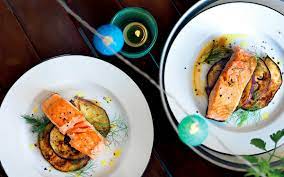
Preparation
Ingredients:
- 4 tuna steaks (6 ounces each)
- 1/4 cup olive oil
- 2 cloves garlic, minced
- 1 tablespoon soy sauce
- 1 tablespoon honey
- Salt and pepper to taste
Instructions:
- Preheat grill to medium-high heat.
- In a small bowl, whisk together olive oil, garlic, soy sauce, and honey.
- Brush the mixture onto both sides of the tuna steaks.
- Season with salt and pepper.
- Grill for 4-6 minutes per side or until cooked through.
Tips and Variations
- Use a meat thermometer to ensure the tuna reaches an internal temperature of 145°F (63°C).
- Serve with a side of quinoa and steamed vegetables for a well-rounded meal.
Recipe 3: Cod with Quinoa
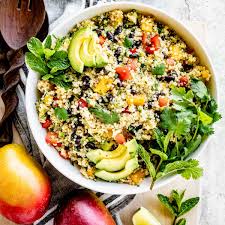
Preparation
Ingredients:
- 4 cod fillets (6 ounces each)
- 1 cup quinoa
- 2 cups water
- 1 tablespoon olive oil
- 1 clove garlic, minced
- Salt and pepper to taste
Instructions:
- Preheat oven to 400°F (200°C).
- Cook quinoa according to package instructions.
- Place cod fillets on a baking sheet lined with parchment paper.
- Drizzle with olive oil and garlic.
- Season with salt and pepper.
- Bake for 12-15 minutes or until cooked through.
Health Benefits of Quinoa
Quinoa is a complete protein, meaning it contains all nine essential amino acids that the body can’t produce on its own. It’s also high in fiber, iron, and magnesium, making it an excellent addition to your high protein fish recipes.
Recipe 4: Shrimp and Vegetable Stir-Fry
Preparation
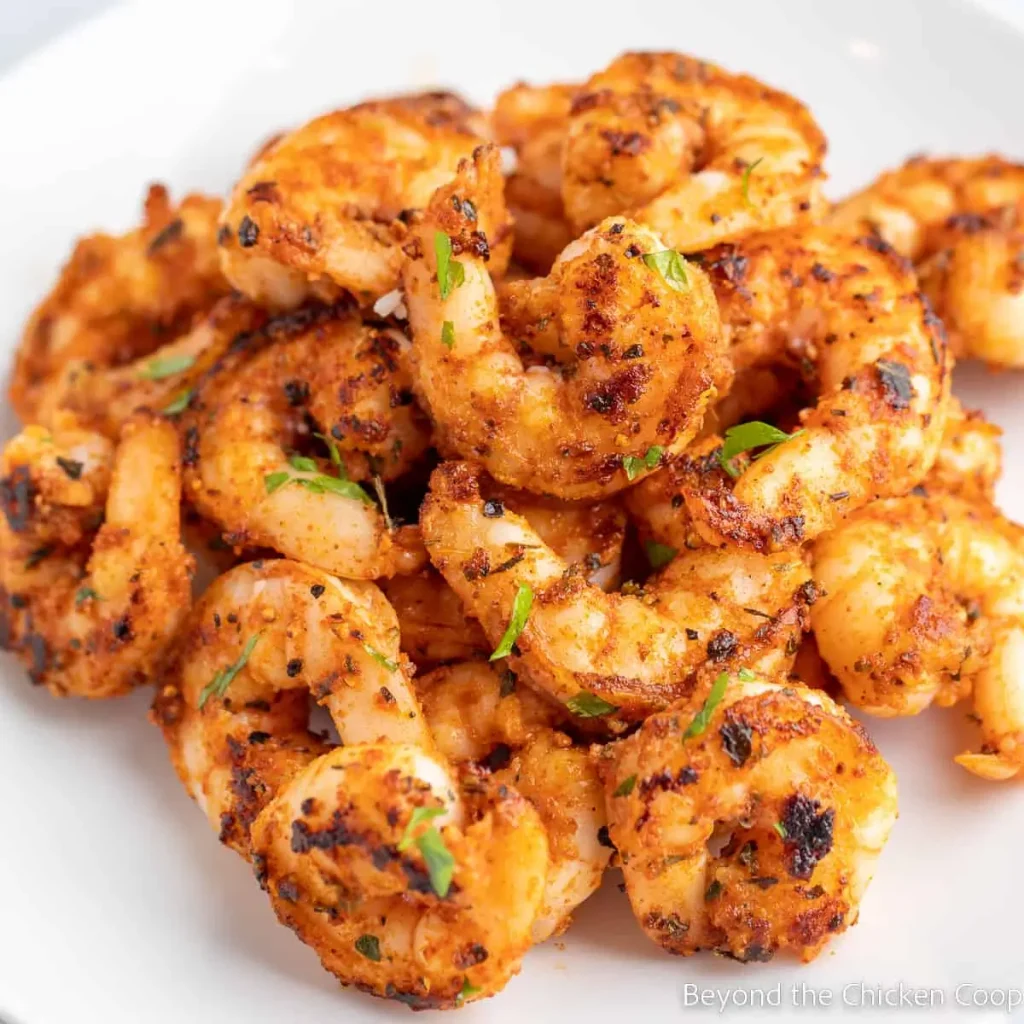
Ingredients:
- 1 pound large shrimp, peeled and deveined
- 1 cup mixed vegetables (bell peppers, carrots, broccoli)
- 2 tablespoons olive oil
- 1 clove garlic, minced
- 1 tablespoon soy sauce
- Salt and pepper to taste
Instructions:
- Heat olive oil in a large skillet or wok over medium-high heat.
- Add garlic and cook for 1 minute.
- Add mixed vegetables and cook for 3-4 minutes or until tender.
- Add shrimp and cook for 2-3 minutes or until pink and cooked through.
- Season with soy sauce, salt, and pepper.
Customization Options
- Add your favorite vegetables or protein sources, such as chicken or tofu.
- Use different seasonings, such as curry powder or chili flakes, to give the dish a unique flavor.
Recipe 5: Tilapia with Avocado Salsa
Preparation
Ingredients:
- 4 tilapia fillets (6 ounces each)
- 2 ripe avocados, diced
- 1/2 red onion, diced
- 1 jalapeño pepper, seeded and finely chopped
- 1 lime, juiced
- Salt and pepper to taste
Instructions:
- Preheat oven to 400°F (200°C).
- Place tilapia fillets on a baking sheet lined with parchment paper.
- Bake for 12-15 minutes or until cooked through.
- In a medium bowl, combine avocado, red onion, jalapeño pepper, and lime juice.
- Serve the tilapia with the avocado salsa spooned over the top.
The Power of Avocado
Avocados are a nutrient-dense food, rich in healthy fats, fiber, and various vitamins and minerals. They’re also high in antioxidants, which can help reduce inflammation and improve overall health.
Conclusion
High protein fish recipes are a great way to boost your protein intake and add some variety to your diet. With these five recipes, you’ll be well on your way to creating delicious and healthy meals that will keep you full and satisfied. Remember to choose fresh fish, experiment with different seasonings and ingredients, and don’t be afraid to get creative in the kitchen!
FAQs
- What is the best way to cook fish?
The best way to cook fish depends on the type of fish and personal preference. Baking, grilling, and pan-searing are all popular methods. - How much protein is in fish?
The amount of protein in fish varies depending on the type, but most fish contain between 15-30 grams of protein per 3-ounce serving. - Is fish a good source of omega-3 fatty acids?
Yes, fish is an excellent source of omega-3 fatty acids, particularly fatty fish like salmon and tuna. - Can I use frozen fish in high protein fish recipes?
Yes, frozen fish can be used in high protein fish recipes, but make sure to thaw it first and pat it dry with paper towels before cooking. - How often should I eat fish?
The American Heart Association recommends eating fish at least twice a week, but it’s best to consult with a healthcare professional or registered dietitian for personalized recommendations.

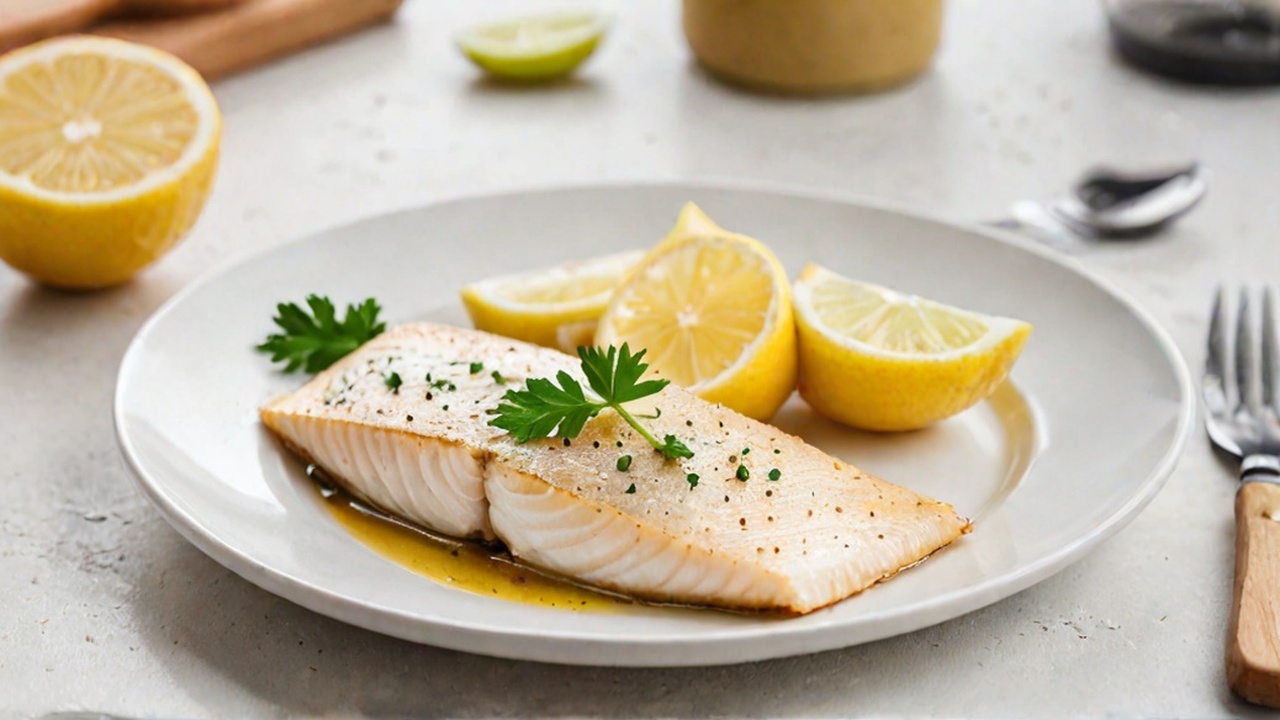
ABS Pipes in Iraq Elite Pipe Factory in Iraq is a leader in the production of ABS pipes, which are valued for their strength, toughness, and resistance to impact and chemicals. Our ABS pipes are manufactured to the highest standards, ensuring reliability and long-lasting performance in various applications. As one of the best and most reliable pipe manufacturers in Iraq, Elite Pipe Factory is committed to delivering products that meet the needs of our customers. For detailed information about our ABS pipes, visit elitepipeiraq.com.
Pink Withney Awesome! Its genuinely remarkable post, I have got much clear idea regarding from this post . Pink Withney
Insanont very informative articles or reviews at this time.
Thanks I have just been looking for information about this subject for a long time and yours is the best Ive discovered till now However what in regards to the bottom line Are you certain in regards to the supply
Hi Neat post Theres an issue together with your web site in internet explorer may test this IE still is the marketplace chief and a good component of people will pass over your fantastic writing due to this problem